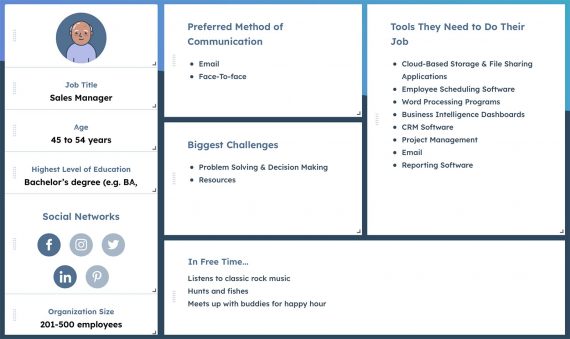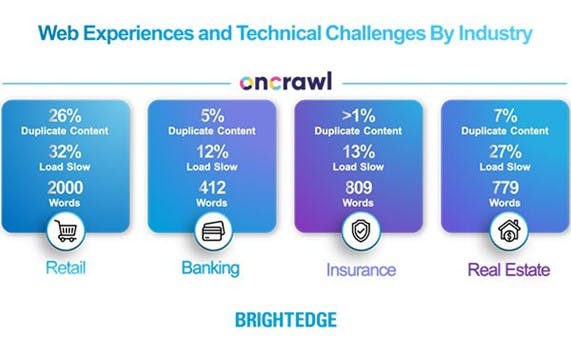Today’s stores should leverage as much proof as possible to remain competitive.
“Spotted on” showcases. If a prominent personality talks about or posts a picture using your products, call attention. It’s a high-impact (free) endorsement.
One of the most prominent conversion tactics is social proof. Coined in 1984 by psychologist Robert Cialdini, social proof is the theory that most people follow the crowd when unsure of what to do. It’s why savvy marketers target influencers, early adopters, or trusted experts — people apt to share positive outcomes with their peers or audiences.
Social Proof Tactics
Social media mentions. Show off who is talking about your products based on hashtags or keywords. Use a tool that monitors the mentions across multiple social platforms. Some tools can be configured to display calls-to-action on posts related to specific products. Real-time feeds are fresher, but moderation ensures nothing shady or vulgar slips through
Brevite promotes popular backpacks by showing the number of people waiting.
Real-time notifications can urge others to join or buy now. Source: ScoutIQ.
Real-time notifications. Sometimes shoppers need to know they’re not alone. On-site notification apps can display the current visitor count and recent activity, such as purchases and reviews. Most of these tools run off a code snippet and allow you to customize the text and data to display.
Social proof helps merchants tackle multiple conversion goals. It can guide shoppers to specific products, help them choose the color or size, and prompt them to finalize the checkout. It can also nudge them to share their purchase details with others and return later to post ratings and reviews. Social proof can trigger FOMO — fear of missing out — and boost pre-orders and waitlist signups.
Media coverage. Covered by the local news? Tell everyone. The same goes for online magazines and social media shout-outs. Use logos in the site footer to link to articles directly or, alternatively, maintain a list on a separate page.
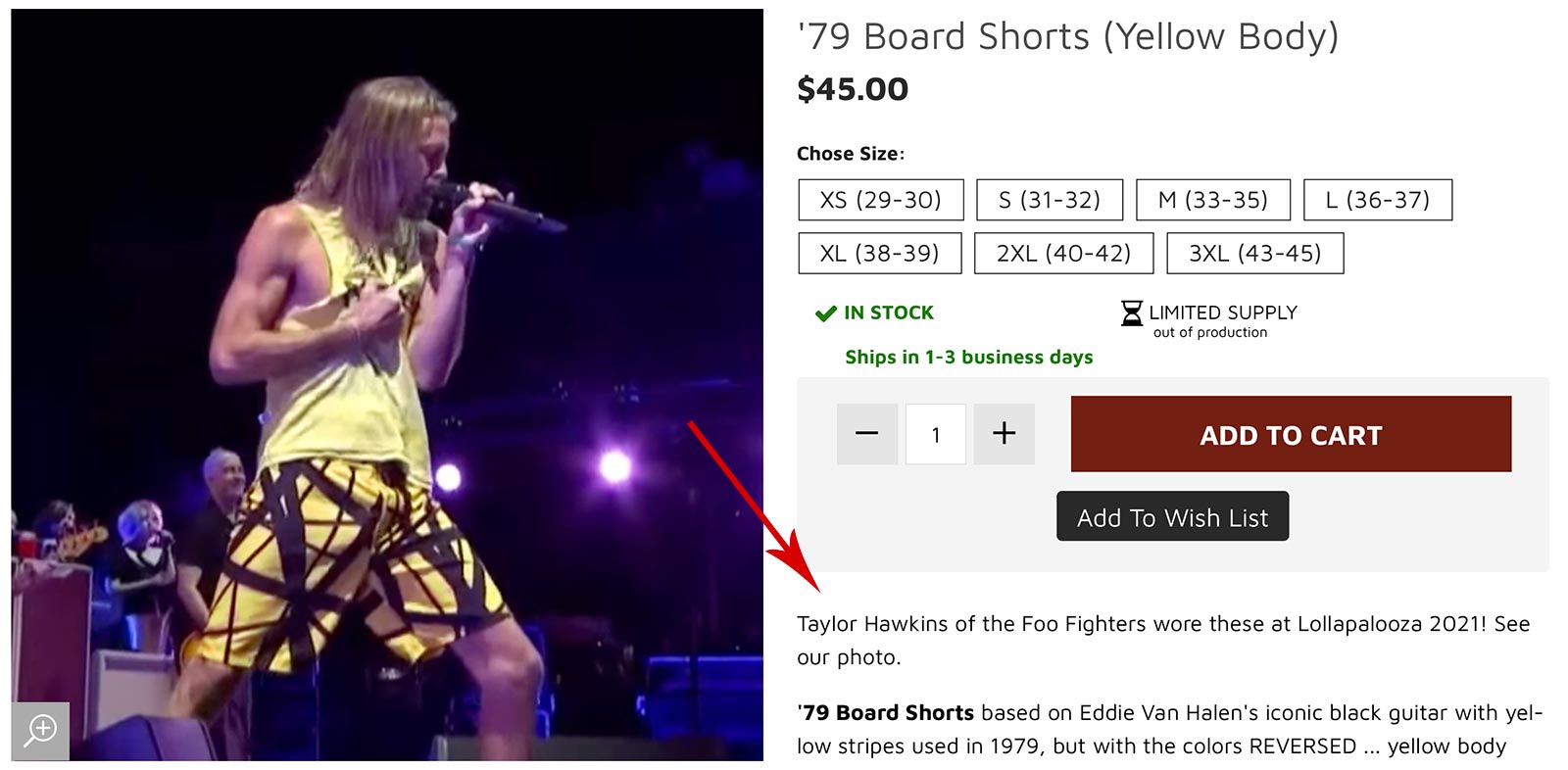

Certifications and badges. A company’s accomplishments and participation efforts instill trust. Examples include awards, memberships, and certification badges. Place the most prestigious ones in the footer of each page and the rest on a designated page. Convey your support of causes, too.
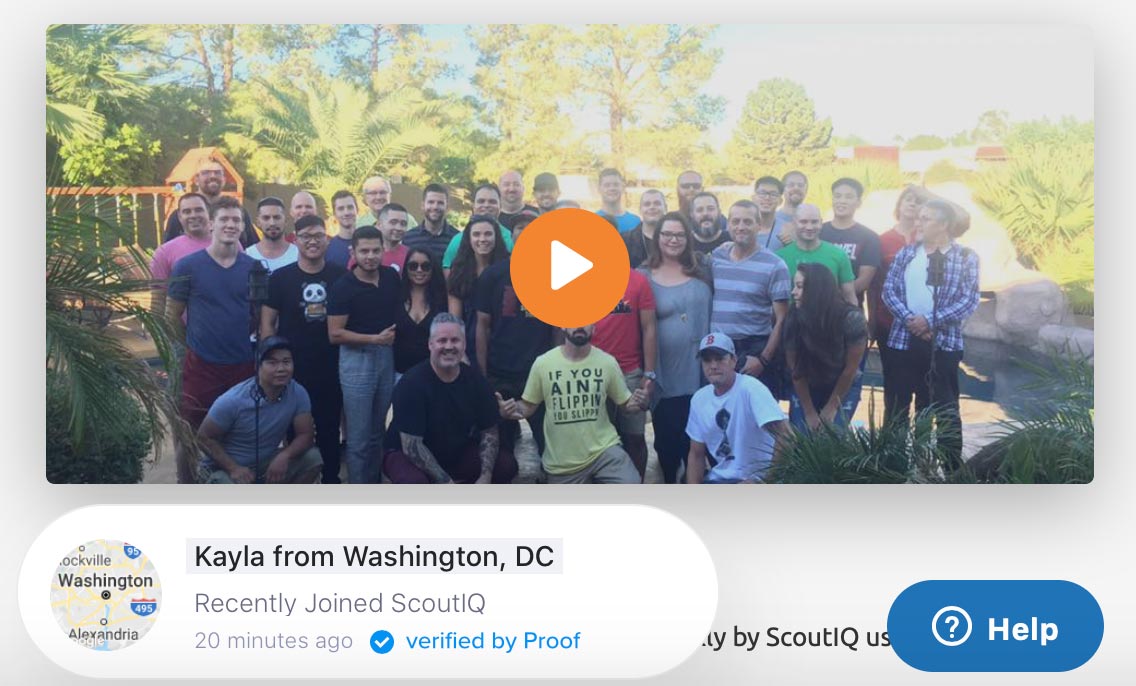

Focus on products and experiences. Most stores curate testimonials and display the best on the home page. But place them on product pages, too. And include reviews of trending or premium products on the home page and search results. Test different placements and content to see what works.
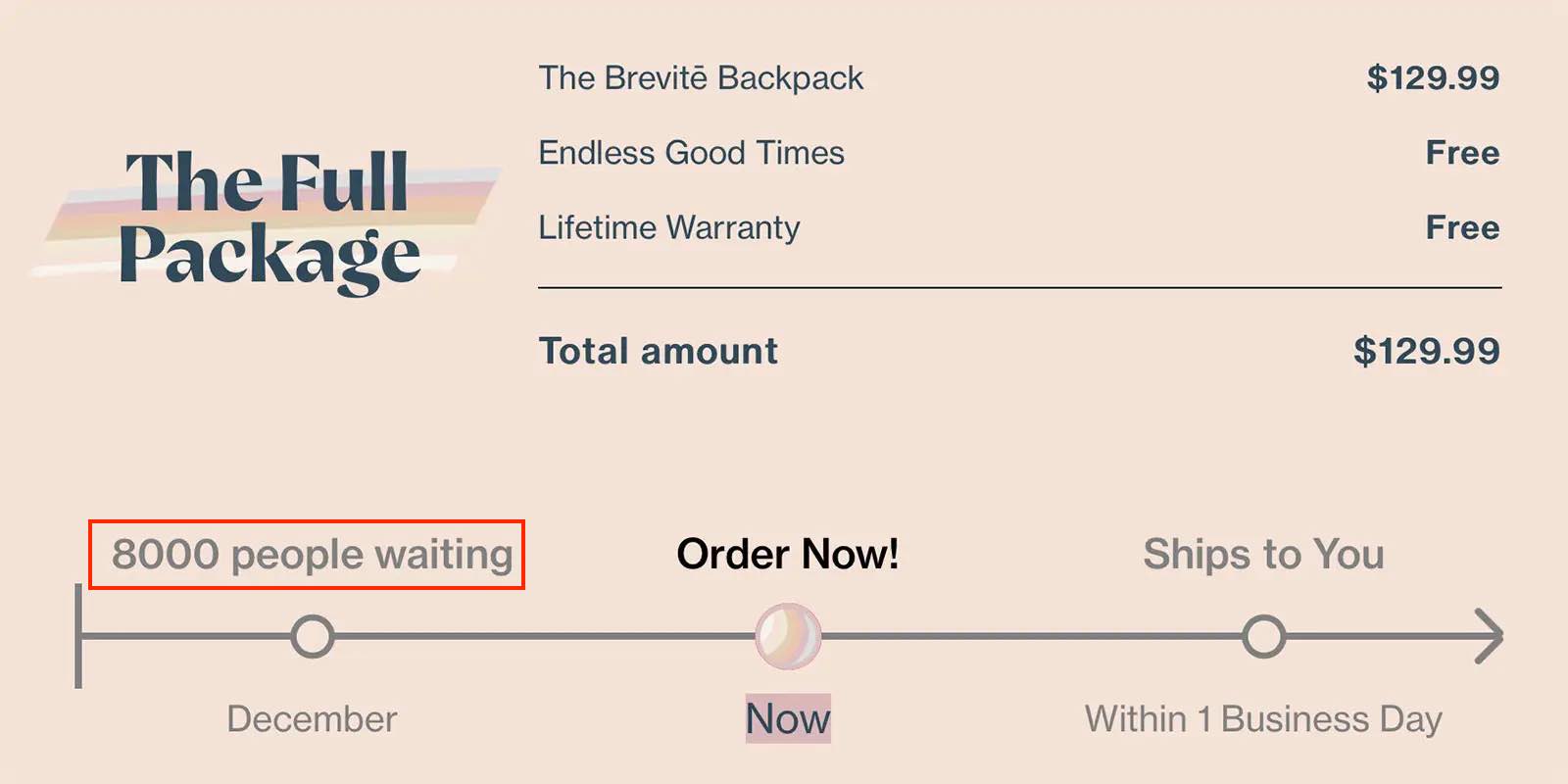

Subscriber, follower, and share counts. Display the numbers of your subscribers and followers as well as social shares of product pages. Use a tool that suppresses counts below a certain number — low volume can hurt, not help.
A famous musician wearing a product you sell is worth a mention. Source: Van Halen Store.
Social proof can include endorsements from celebrities, experts, and everyday customers.



![Amazon Creative Strategies [2021 Guide]](https://research-institute.org/wp-content/uploads/2021/04/what-to-know-before-you-sell-your-small-business-768x432.png)
